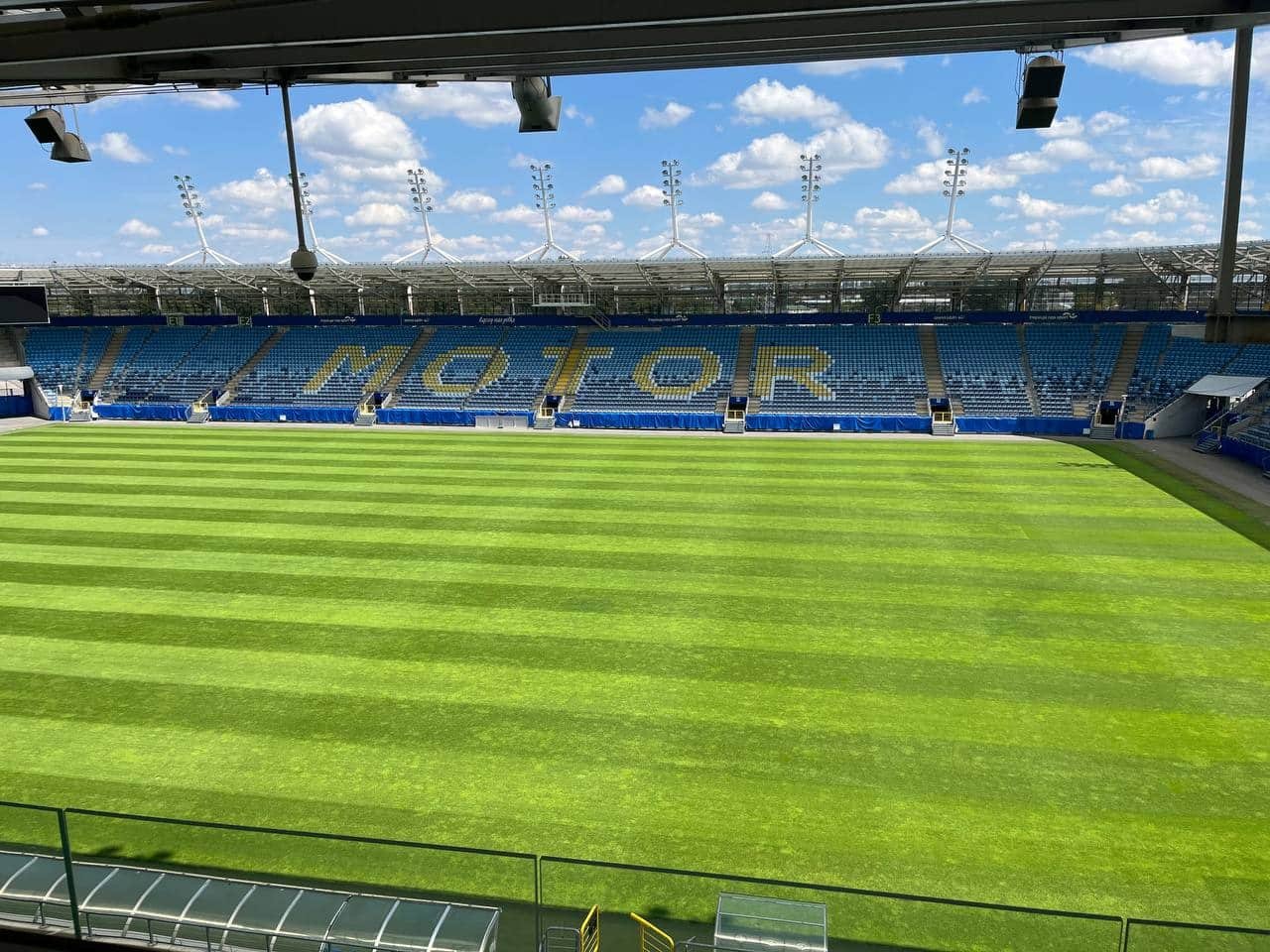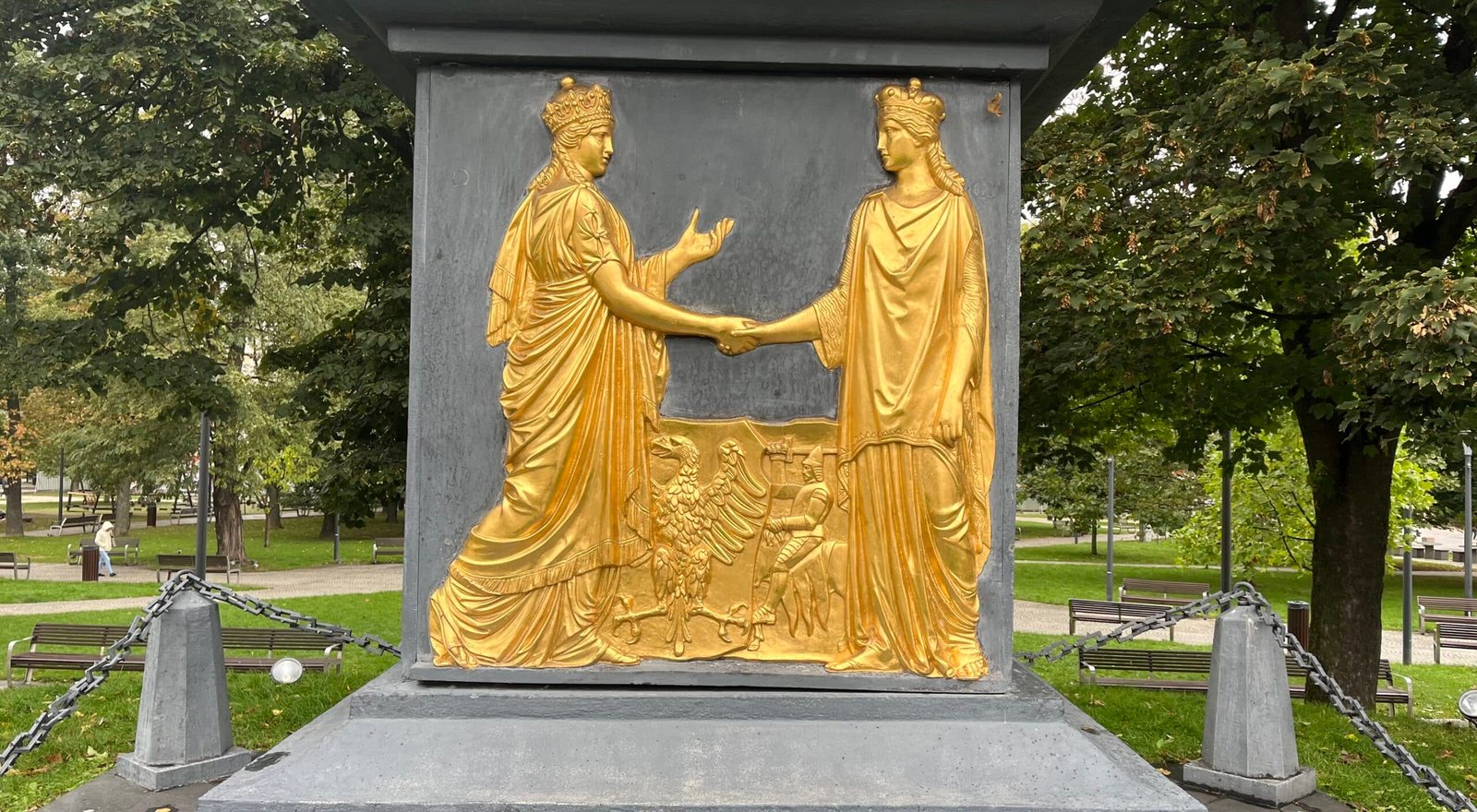A fan’s guide – the club from early doors to today
Created around a Soviet-backed car factory in 1950, Motor Lublin were revitalised 70 years later by a self-made millionaire of the post-Communist economic boom in Poland, Zbigniew Jakubas. The incoming owner helped push the Yellow, White and Blues, Żółto-biało-niebiescy, back among Poland’s elite in 2024, after the club almost blipped out of existence in the early 2000s.
In between, the city acquired a contemporary, UEFA-standard stadium, the Arena Lublin, opened in 2014, and suitable for Polish cup finals, several U-21 internationals and European fixtures involving nomadic Ukrainians Dynamo Kyiv. It’s in this capacity that the stadium plays an unwitting role in the history of Crystal Palace, as the Eagles embark on their first foreign adventure in the Europa Conference League at this mid-sized former industrial hub on Poland’s Ukrainian border.
Liberated by Soviet forces in July 1944, Lublin quickly began to rebuild, regenerating plans to build a car plant here, first outlined on the eve of World War II. Known by the acronym of FSC, it brought together Soviet engineers and Polish workers, some of whom formed a factory team initially named Stal, soon gaining the same acronym when the backed by the manufactory in 1951. Still playing at local, then regional level, Stal became Robotniczy Klub Sportowy (Workers’ Sports Club) Motor in 1957.
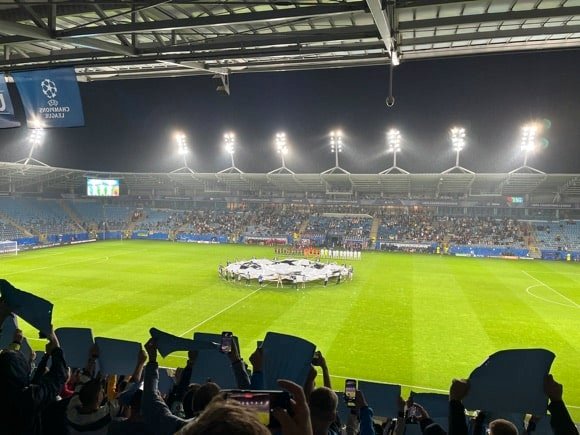
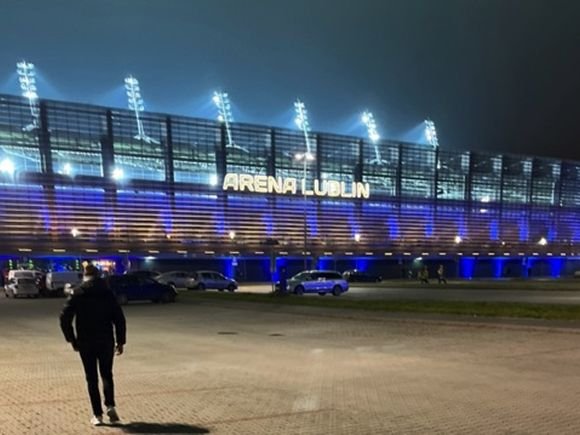
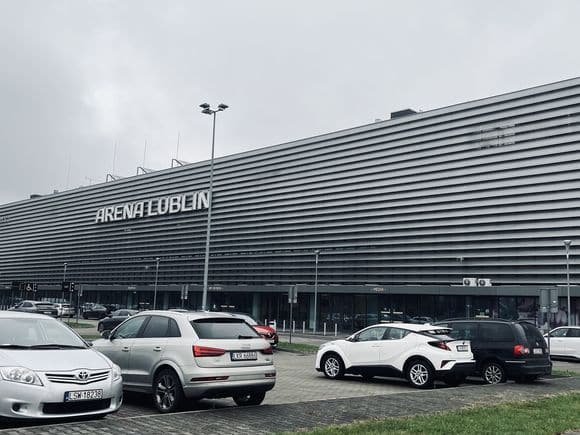
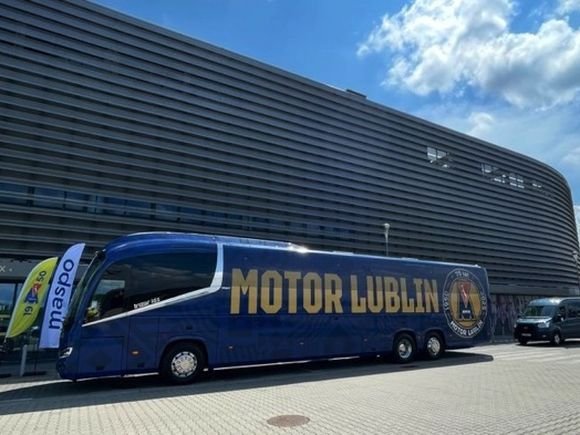
Twice losing the play-offs to reach the second division in the early 1960s, Motor made it at the third time of asking in 1965, if only for one season. Bouncing back, Motorowcy spent most of the 1970s in the second tier before gaining a first promotion to the elite in 1979-80, experienced international keeper Zygmunt Kalinowski between the sticks.
A steady presence in Poland’s Ekstraklasa until 1992, Motor were relegated only one point from safety but would soon drop down the divisions and become mired in debt as the car factory fared badly in the economic upheaval following the collapse of Communism. Changing names to escape creditors, Motor briefly played as Lubelski Klub Pilkarski (‘Lublin Football Club’) before creeping back up the league from 2007 onwards.
The creation of a new stadium in Lublin, commissioned in 2011, should have spurred Motor on to greater things but the club remained stuck in the third and fourth divisions, crossing paths with old city rivals Lublinianka. A derby between them in 2014 attracted a decent crowd for a fourth-tier game but it wasn’t until Lublin-born entrepreneur Zbigniew Jakubas took on the club in 2020 that Motor started going places.
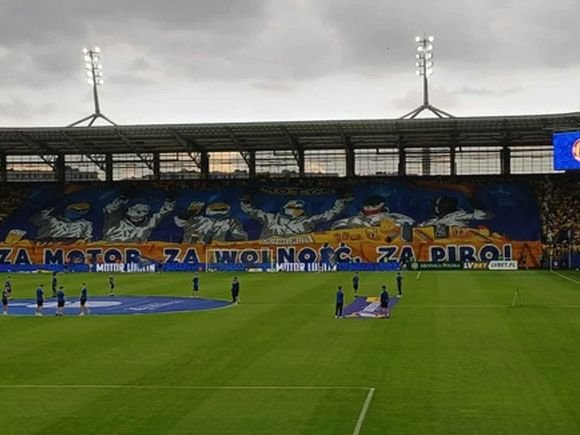
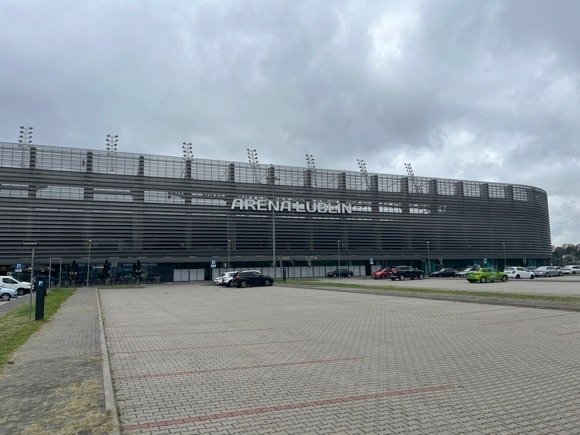
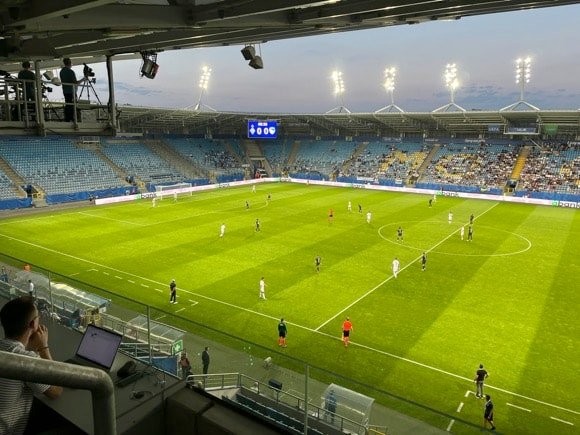
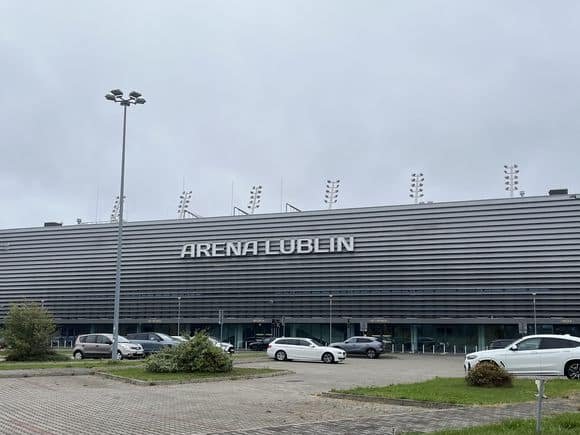
First, former Southampton and Poland international striker Marek Saganowski brought his much-travelled experience to Motor as coach, taking the club to the play-off final for promotion to the second tier in May 2022, also thanks to a high-scoring stint from former Poland U-19 striker Michał Fidziukiewicz.
At the same stage the following season, two dramatic knock-out games pushed Motor into the next division. First a stoppage-time equaliser took the semi-final at Kotwica Kołobrzeg to extra-time, when Dawid Kasprzyk scored a late winner. In the final at Olsztyn, a penalty shoot-out was decided by workaday striker Michał Żebrakowski. Motor Lublin were in Poland’s I liga for the first time since 2010.
It would prove to be a short stay. With veteran midfielder Rafał Król in his third stint at Motor, the Lublin side battled through to the play-offs at their first attempt where near neighbours Górnik Łęczna awaited in the semi-finals. The former groundshare rivals met again at the Arena Lublin before a 15,000-plus capacity crowd, who saw no goals in open play but a successful spot-kick by prolific Slovak international Samuel Mráz was one of four put away by the hosts. Then, with all seeming lost in the play-off final at Gdynia, Motor hit two either side of 90 minutes to reverse Arka’s 1-0 lead and grant the Lublin side elite status after 32 years.
Keeping faith with Mateusz Stolarski, making the 31 year old the youngest coach in Poland’s Ekstraklasa, Motor Lublin held their own with the elite, even coming close to a first-ever European place. Goals from Mráz earned the Slovak a move to Servette but left Motor struggling for strike power in 2025-26.
Stadium Guide
The field of dreams – and the story behind it
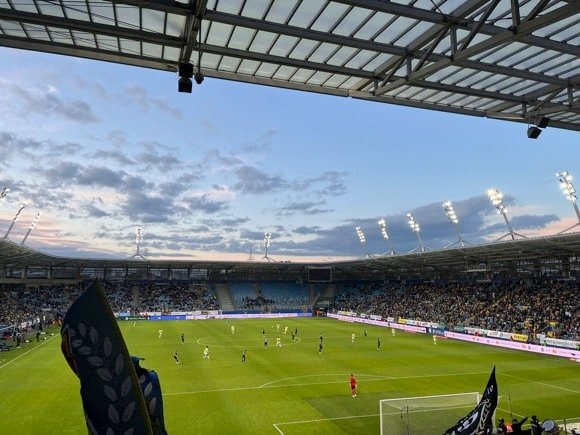
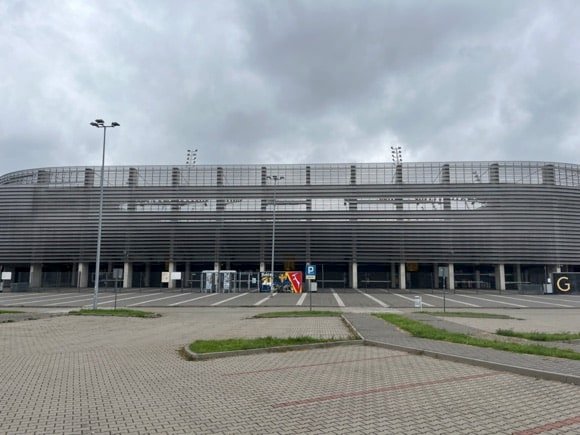
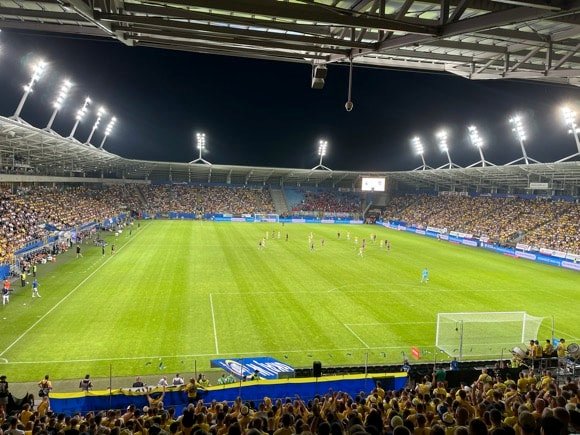
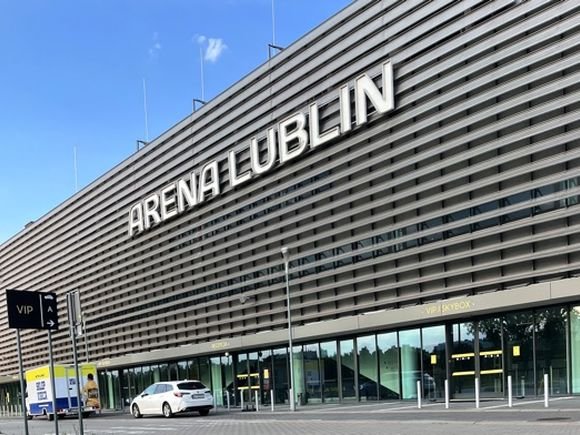
Created during the wave of stadium-building in Poland around the time of Euro 2012, the Arena Lublin was commissioned in 2011 and unveiled in 2014. Created by Madrid-based Estudio Lamela, which was working a new terminal at Warsaw’s Chopin Airport at the same time, the stadium sits where a sugar factory used to stand, close to Lublin’s main train station and near Motor’s former ground, the Miejski.
The cost was 136 million złoty (€32 million, ambitious for a city which hadn’t seen top-flight football since 1992, but civic pride held sway, and on the principle of ‘build it and they will come’, the diggers got to work in 2012. Capacity was slated for just over 15,000 in four single-tiered stands – again, ambitious for Lublin.
It proved to be a wise decision, with nearly 14,000 gathered for the curtain-raising U-20 international between Poland and Italy in October 2014 – although Motor’s continued presence in the third and fourth tiers must have kept the accountants worried with low gate revenues. Crowds of 4,000-6,000 were healthy for Poland’s III liga but hardly conducive to balancing the books.
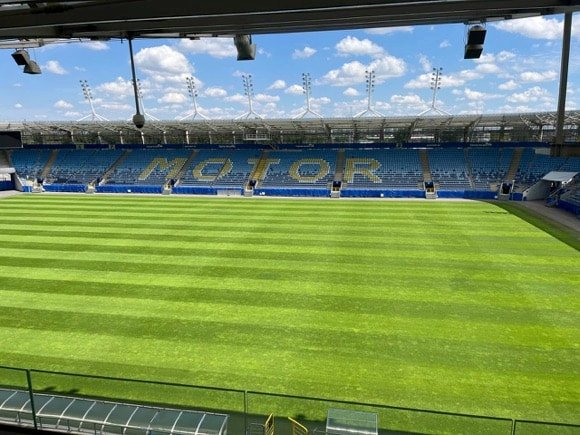
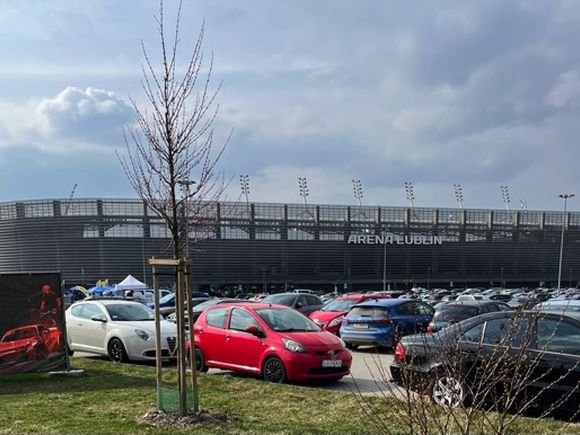
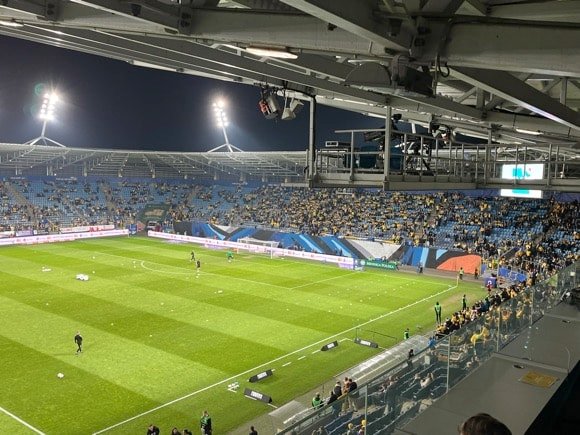
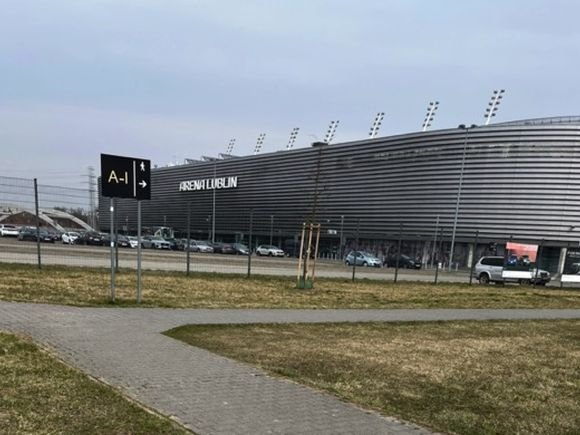
On the plus side, the Arena Lublin was one of six Polish stadiums which co-hosted the U-20 World Cup in 2019, and also staged consecutive Polish cup finals in 2020 and 2021 – although by then, pandemic restrictions were in place. The turning point came with Motor’s back-to-back promotions in 2023 and 2024, particularly the leap into Poland’s elite Ektraklasa. All but packing the Arena Lublin to the gills, Motor drew average home gates of 13,430 that 2024-25 campaign, better than Lechia Gdańsk or Korona Kielce.
Its use by Dynamo Kyiv for the nomadic Ukrainians’ Champions League games that same season proved less successful although Rangers’ visit that August saw more than half the seats occupied.
Separated by a three-metre barrier of transparent panels, away fans are allocated north-east Sektor Gości D1 opposite the home end (Młyn, ‘The Mill’, H1-H2 & G3), and furthest from the main stand containing the row of skyboxes lining the long sideline. The floodlights sit atop the stands, with fans up close to the touchline, creating an intimate atmosphere for evening fixtures.
getting here
Going to the stadium – tips and timings
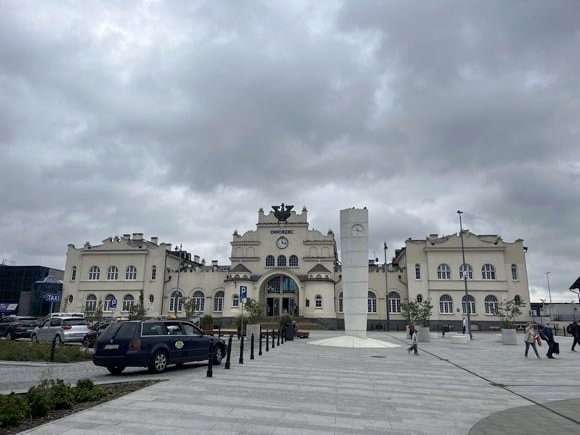
The Arena Lublin is a short walk from the city’s main train station, the other side of main road Lubelskiego Lipca ’80. From town, it’s 15 minutes down Lipowa, right along Prezydenta Gabriela Narutowicza then left along Muzyczna. The stadium is just over the water. It’d be around 35zł/€8 in a taxi from the city centre.
getting in
Buying tickets – when, where, how and how much
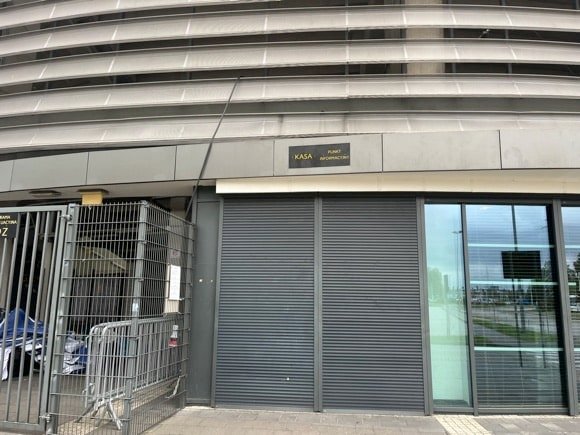
Admission can be bought online through the Motor website (Polish-only) or at the ticket offices at the stadium on the day, provided that you can show ID. Price for domestic fixtures start at 49zł/€11.50 (13-18s 39zł/€9.15) behind the goals in sectors B1-C1-C2, H1-H2-G3, rise to 62-67zł/€14.50-15.70) in the corner sections (13-18s 52-57zł/€12.20-13.35) and peak at 89zł/€21 (13-18s 79zł/€18.50) for a prime seat over the halfway line in sector F1.
Children under 13 are admitted for 25zł/€5.85 in family sectors B1-C1-C2 by the away end. Premium games with Legia Warsaw, Arka Gdynia, Widzew Łódź and Radomiak Radom incur a 5zł/€1.20 levy.
what to buy
Shirts, kits, merchandise and gifts
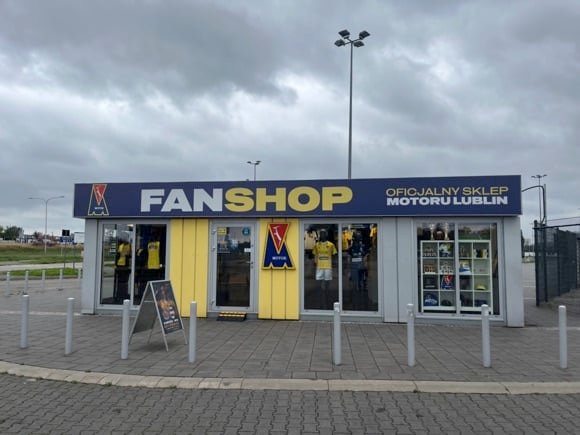
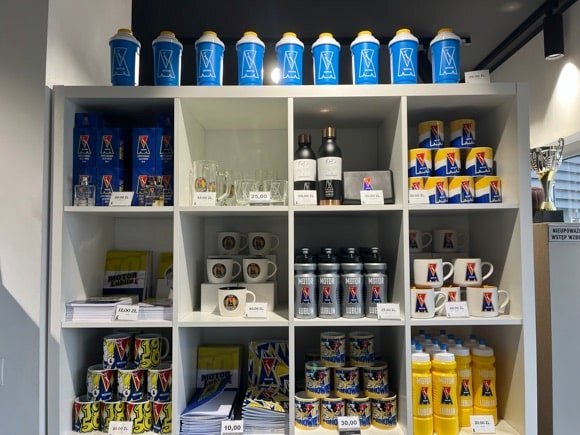
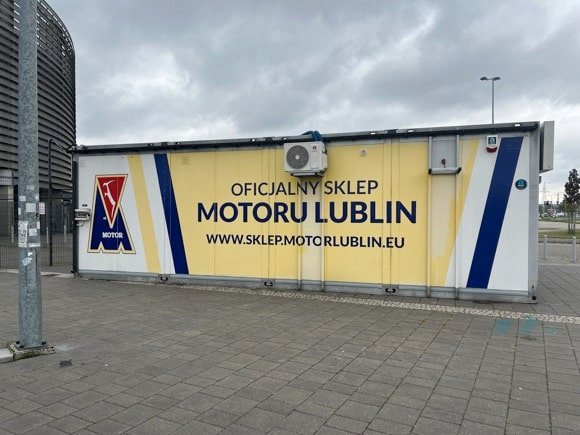
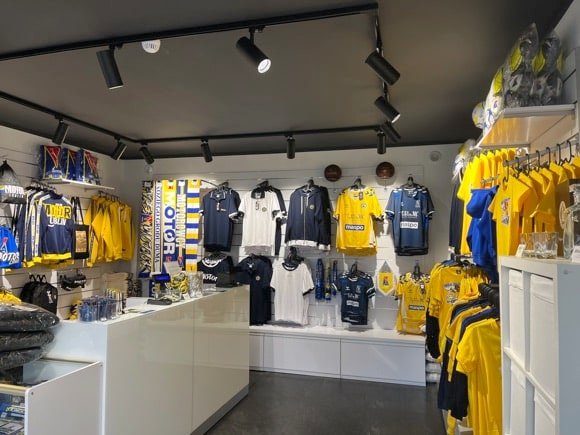
Motor Lublin oversee two outlets, the Fanshop Arena (Mon-Fri 10am-6pm, Sat 10am-2pm, certain Sundays 10am-2pm) at the stadium and the Fanshop Olimp at the Galeria Olimp (Aleja Spółdzielczości Pracy 34; Mon-Sat 10am-6pm, certain Sundays 10am-2pm).
As well as the current home shirt of yellow with white and thin blue trim, and away kits of dark blue, you’ll find quality trackie tops of white, blue and yellow, scarves of similar colour (note the friendship ones with Górnik), badges, pens and even Christmas baubles.
Where to Drink
Pre-match beers for fans and casual visitors
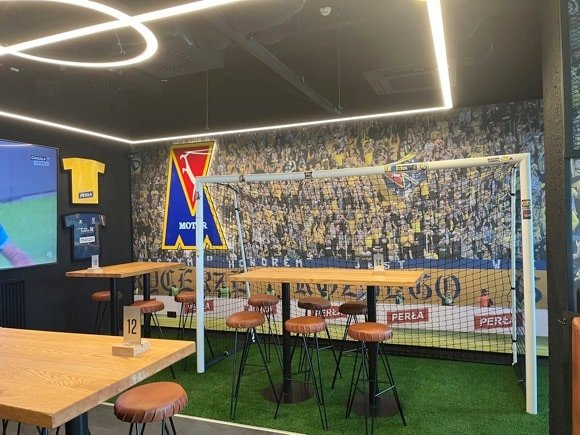
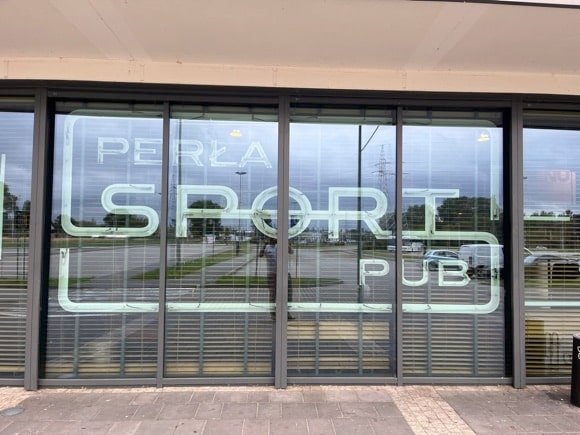
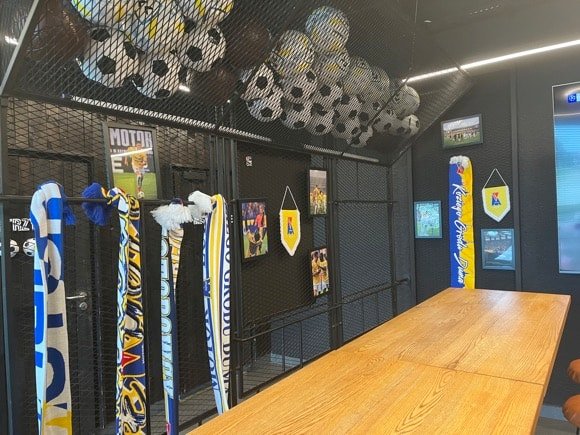
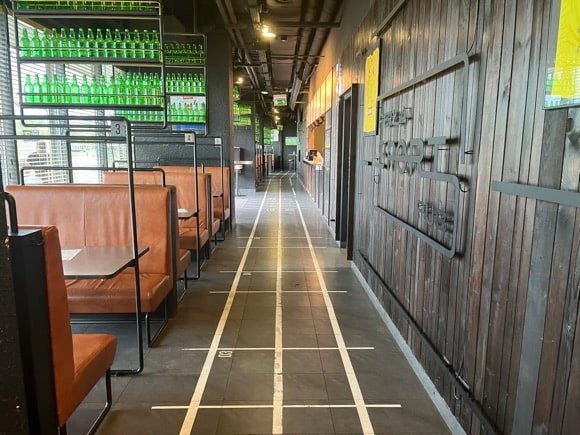
Built into the south-east corner of the stadium, the Perła Sport Pub serves the draught and bottled beer of the same name, along with a quality menu of burgers, pizzas, even steaks, amid Motor shirts and scarves, and big-screen match action. Open during the week, too, noon-10pm, Perła buzzes on match days when its terrace fills and spills onto the stadium concourse.
The beer within the stadium is also Perła (12zł/€2.80). Alcohol-free versions are available both in the sports bar and from the kiosks inside.

